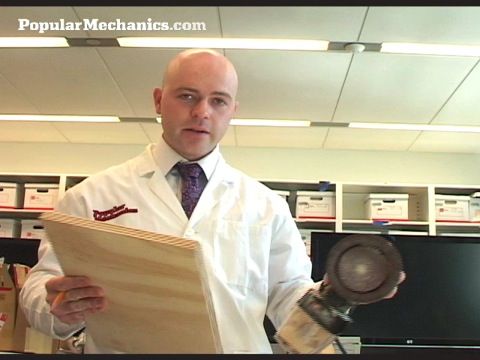

We are collaborating with Cadby (Physics) to develop STORM super resolution microscopy to follow this in real time ( Peedikakkal et al., 2017). Our work on L1-CNTN modulation of Sema signalling during the wiring of mouse spinal sensory circuits ( Dang et al 2012) has converged on our studies showing F3/contactin repression of Sonic HH-stimulated proliferation of cerebellar neuron progenitors ( Xenaki et al 2011) to focus on a potential role for NrCAM in the trafficking of SHH signalling pathway components in the primary cilium. We have shown L1-CNTNs to modulate signals as diverse as semaphorins and hedgehogs (HHs) by altering the intracellular trafficking of their receptors during signalling. We aim to understand how cellular context alters the responses of cells to intercellular signals, focussing on the role of the L1-contactin ‘adhesion’ molecules (L1-CNTNs) in neural development. The cell biology of signal modulation in neural development and cancer Most recently, we have begun to use neural organoids derived from human induced pluripotent cells (iPSCs) to develop in vitro systems with which to study both L1-CNTN function and to generate hypothalamic progenitors and neurons (with Barbaric and Placzek in BMS). Our current work is focussed particularly on the role of NrCAM in regulating the Sonic Hedgehog (SHH) pathway in medulloblastoma ( Sakurai et al., 2001 Xenaki et al., 2011) and in neural stem cells ( Bizzoca et al., 2012), with a specific emphasis on its role in controlling the trafficking of SHH pathway components into and out of primary cilia ( Basu et al., 2015). Our aim is to understand the cellular mechanisms through which L1-CNTNs affect this wide variety of processes. As a result, these molecules are widely implicated in neurological disease and cancers. L1-CNTNs affect neural function at all stages, including the earliest proliferation and differentiation of progenitor and stem cells ( Bizzoca et al 2003 Ma et al 2008 Xenaki et al., 2011 Bizzoca et al., 2012 Ha et al., 2015), the guidance of axons ( Cohen et al 1998 Law et al 2008 Dang et al 2012), through to firing of action potentials ( Poliak et al 2003) and functioning of synapses ( Bliss et al 2000). Our research is focussed on the role L1CAM-like cell adhesion molecules (L1-CNTNs) in neural development and disease ( Gennarini et al., 2017 Gennarini & Furley., 2017). (Hons) Molecular Biology, University of Edinburgh 1987: PhD Leukaemia Biology, Imperial Cancer Research/UCL, London (Supervisor: M.1987-1990: Jane Coffin Childs Post-Doctoral Fellow, Dept of Biochemistry, Columbia University, New York (Advisors:F.1990-1992: Howard Hughes Medical Institute Fellow, Center for Neurobiology & Behavior, Columbia University, New York (Advisor: T.1992-1997: MRC Research Scientist, Division of Developmental Neurobiology, NIMR, Mill Hill, London.1997-2004: Lecturer (Centre for Developmental & Biomedical Genetics), Biomedical Science, University of Sheffield.Head of Research Training, Faculty of Science 2004-2018: Senior Lecturer, Biomedical Science, University of Sheffield.Head of Research Training Faculty of Science

2018-2021: Professor of Developmental Neuroscience, School of Biosciences, University of Sheffield.2021-Present: Deputy Head of School, School of Biosciences, University of Sheffield.Support for refugee students and scholars.Conferences, events, visitor accommodation and weddings.Worldwide Universities Network at Sheffield.Research centres, institutes and networks.Coronavirus: our research and innovation.Following the sale of his company, he spent time at Berkeley Lab in Silicon Valley commercializing technologies while also supporting UC Berkeley’s Lab to Market program. A successful entrepreneur, he founded a technology-led environmental remediation company which was acquired by a national firm. Prior to becoming a Golden Gopher, he served as the Deputy Director of the Austin Technology Incubator at the University of Texas at Austin the longest-running technology incubator in the United States. As the Donald Osell - Gemini Chair in Entrepreneurship, Mark’s passion is working with curious people to become inspired and courageous agents of change. Scientists and engineers must also be “Inspired to Innovate” and have the “Courage to Commercialize”. Great discoveries are measured by their impact on the world. The University’s campaign of “Driven to Discover” is spot-on yet incomplete.


 0 kommentar(er)
0 kommentar(er)
